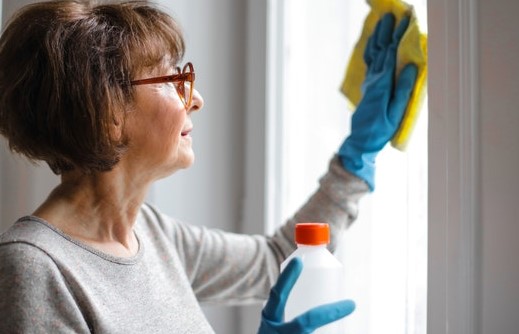Importance of Disinfectant Labels & Product Testing
Lately, there has been concern about what to do when stores are out of disinfectant wipes. Many people decided to make their own disinfectants, but did you know how important the labels on those disinfectant containers are? Labels have use instructions that guide consumers on how to safely use the product. Some cleaning products can create toxic gases when mixed with other chemicals, or become ineffective, or too strong! The labels were created in accordance with the findings of materials testing labs like NSL Analytical Services, and their guidance is important for both safety and effectiveness.
Even the type of “Cloth” you use when you clean hard surfaces can alter the efficacy of a disinfectant. Paper towels can degrade after soaking in some disinfectants, or can deactivate other disinfectants. The fabric of wipes in the packaged disinfectant wipes from the store are formulated so they aren’t reactive with the disinfectant. If you make your own disinfectant, spray it on the area to disinfect then wipe after giving it the proper time to work.

Did you know NSL Analytical Services has the equipment and skills to analyze disinfectants and other cleaning products?
Earlier versions of Corona viruses, like SARS-CoV-2 are enveloped viruses, meaning they are surrounded by a lipid membrane. Many disinfectants work by disrupting those lipid membranes, which kills the virus that was protected by them. Many disinfectants haven’t been rigorously tested against SARS-CoV-2 in a chemical analysis lab, but EPA data base called List-N allows you to look up a disinfectant product by EPA registration number, the active ingredient, product name , or virus that the disinfectant has tested effective against.
